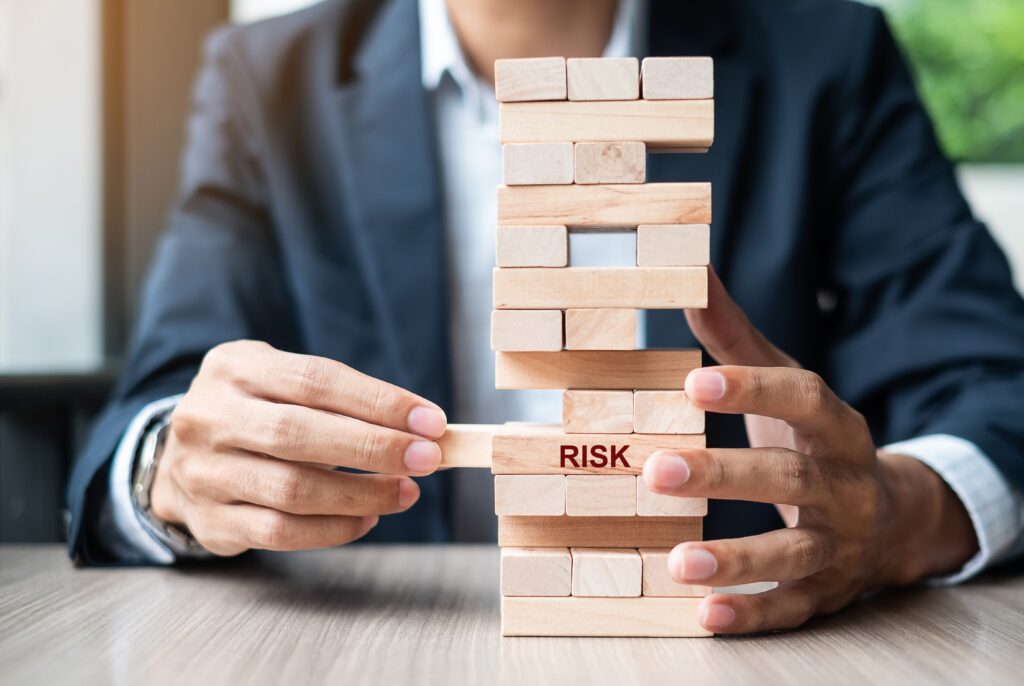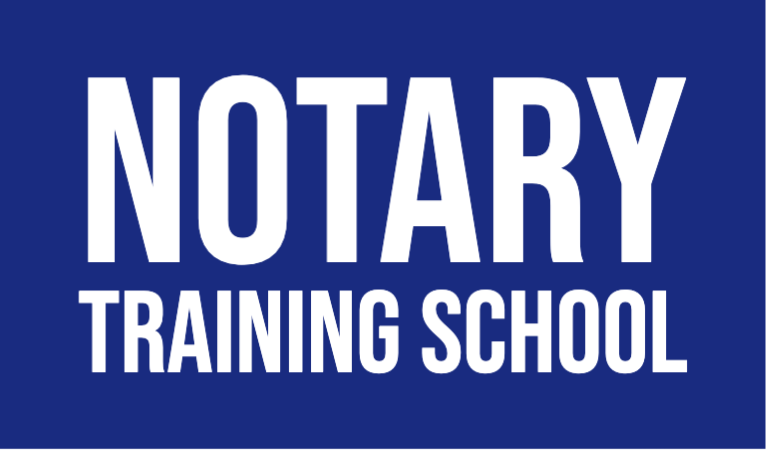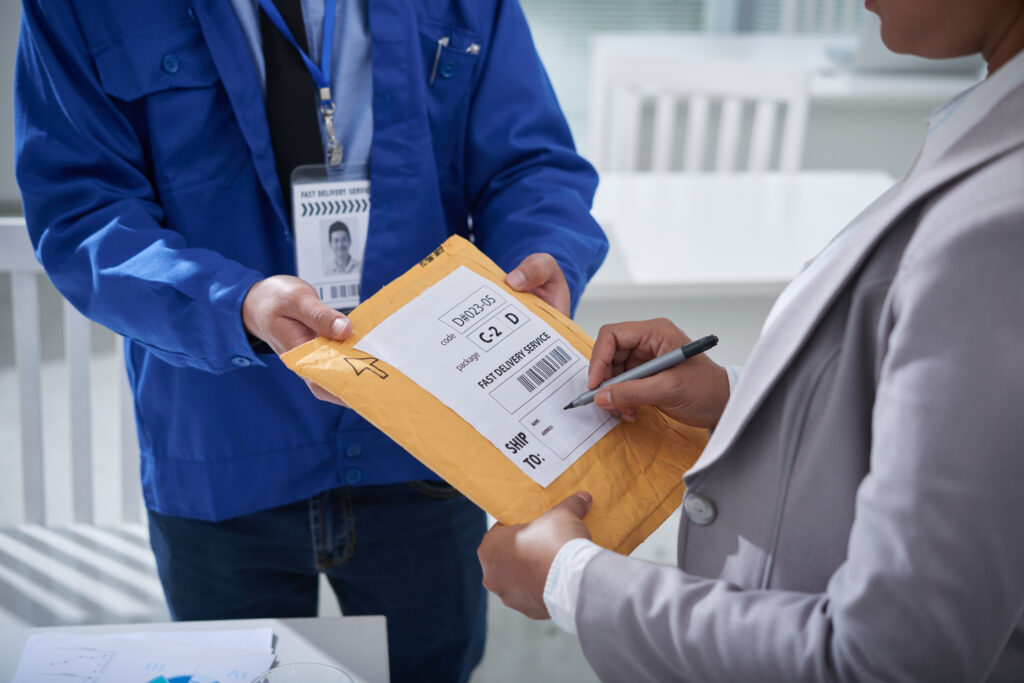Safety First: Essential Tips for Mobile Notaries and Loan Signing Agents

As a mobile notary or loan signing agent, your job requires you to meet with clients in various locations, often in unfamiliar settings. While this profession offers flexibility and independence, it also comes with unique safety challenges. Ensuring your personal safety is paramount, not only for your well-being but also for maintaining a professional and secure service for your clients. In this article, we will explore essential safety tips to help you navigate your duties confidently and securely.
Table of Contents
Understanding the Risks

Mobile notaries and loan signing agents face several risks due to the nature of their work. Understanding these risks is the first step toward mitigating them. One of the primary risks is meeting strangers, which inherently involves a degree of uncertainty. Additionally, visiting unfamiliar locations can pose hazards, especially if the area is known for higher crime rates or if it’s a remote or isolated spot.
Common Risks Faced by Mobile Notaries
The mobile notary profession involves traveling to meet clients, often at their homes, offices, or public locations. This exposes you to various risks, such as:
- Meeting Strangers: Engaging with clients you’ve never met before can be unpredictable. While most clients are genuine, there’s always a possibility of encountering individuals with malicious intent.
- Unfamiliar Locations: Traveling to new areas increases the risk of getting lost or ending up in unsafe neighborhoods.
- Time of Day: Late evening or early morning appointments can be more dangerous due to lower visibility and fewer people around.
Importance of Risk Awareness
Being aware of these risks enables you to take proactive measures to protect yourself. Risk awareness involves recognizing potential hazards and understanding the situations that may put you at risk. This knowledge helps you develop strategies to stay safe and avoid dangerous circumstances.
Examples of Potential Hazards
Consider scenarios such as encountering aggressive clients, facing car trouble in unsafe areas, or dealing with unexpected emergencies. By anticipating these situations, you can prepare yourself with effective responses and safety measures. Risk awareness is not about being fearful but about being prepared and vigilant.
Preparation and Planning

Thorough preparation and planning are crucial for ensuring safety during your appointments. Before heading out, it’s important to gather all necessary details about your appointment, including the client’s name, address, and contact information. Planning your route ahead of time and having a clear understanding of the destination can help you avoid getting lost and ending up in unsafe areas.
Importance of Thorough Preparation
Preparation involves more than just knowing where you’re going. It includes understanding the client’s background, verifying appointment details, and having all necessary documents ready. This minimizes last-minute surprises and allows you to focus on your safety.
Tips for Planning Routes and Schedules
- Route Planning: Use GPS to plan the safest and most efficient route. Avoid shortcuts through unfamiliar or potentially unsafe areas.
- Scheduling: Arrange appointments during daylight hours whenever possible. If you must meet in the evening, ensure the location is well-lit and busy.
- Backup Plans: Always have an alternative route and a plan for what to do if you encounter unexpected obstacles or delays.
Tools and Apps for Better Planning and Safety
Utilizing tools and apps designed for navigation and safety can greatly enhance your preparation. GPS systems, for instance, not only provide directions but also offer real-time traffic updates and alternative routes in case of road closures or heavy traffic. Safety apps can alert you to high-crime areas and provide emergency contacts at your fingertips.
Personal Safety Strategies

Maintaining personal safety during appointments involves several best practices. One key strategy is to schedule meetings in public places whenever possible, such as cafes or libraries. Public settings provide a safer environment and reduce the risk of encountering dangerous situations. If meeting at a client’s home is unavoidable, ensure you let someone know your schedule and expected time of return.
Best Practices for Personal Safety
- Meet in Public Places: Whenever possible, arrange to meet clients in public locations like coffee shops or libraries. These settings are safer due to the presence of other people.
- Inform Someone: Always let a trusted person know where you’re going and when you expect to return. Share the client’s details and the location with them.
- Stay Alert: Be aware of your surroundings at all times. Avoid distractions such as checking your phone when walking to or from your car.
Tips for Meeting Clients in Public Places
Public places offer a safer environment for meetings. Choose well-known locations with plenty of foot traffic. Arrive early to familiarize yourself with the area and identify potential exits. If you feel uncomfortable at any point, don’t hesitate to leave.
Conducting Safe Property Visits
When conducting property visits, always carry a fully charged mobile phone and have a safety app installed. Trust your instincts—if something feels off, don’t hesitate to leave. Position yourself near exits and avoid being cornered in confined spaces. Wearing professional attire can also help establish authority and reduce the likelihood of being perceived as an easy target.
Vehicle Safety

Your vehicle is your mobile office, and keeping it safe is crucial. Regular maintenance checks can prevent breakdowns and ensure your car is reliable. Always lock your vehicle and keep valuables out of sight, preferably in the trunk. Avoid parking in isolated or poorly lit areas; instead, choose well-lit spots close to your destination.
Ensuring Vehicle Safety and Maintenance
Regular vehicle maintenance is essential for preventing breakdowns and ensuring your car is reliable. This includes:
- Routine Checks: Regularly check the oil, tires, brakes, and lights. Address any issues promptly to avoid problems on the road.
- Emergency Kit: Keep an emergency kit in your car, including items like a first aid kit, flashlight, jumper cables, and a tire repair kit.
- Fuel Level: Always ensure you have enough fuel, especially when traveling to remote areas.
Keeping Valuables Secure in the Car
Valuables should never be left in plain sight. Store them in the trunk or a hidden compartment. Consider using a lockbox for important documents and cash. Keeping your car tidy and free of visible valuables can deter potential thieves.
Tips for Safe Parking and Exiting Strategies
- Choose Safe Parking Spots: Park in well-lit areas close to your destination. Avoid secluded or dark areas.
- Quick Exits: Park in a way that allows you to leave quickly if necessary. Backing into parking spaces can facilitate a faster departure.
- Stay Vigilant: Be aware of your surroundings when exiting and entering your vehicle. Have your keys ready to minimize the time spent in vulnerable positions.
Communication and Check-ins

Maintaining regular communication with someone you trust is a fundamental safety practice. Inform a family member, friend, or colleague about your schedule and check in with them periodically. Utilizing check-in systems or apps that automatically update your location can provide an additional layer of security.
Importance of Maintaining Communication
Communication is key to ensuring someone knows your whereabouts at all times. This not only provides peace of mind but also ensures help can reach you quickly if needed.
Utilizing Check-in Systems or Apps
Several apps are designed to enhance personal safety by tracking your location and sending alerts to designated contacts. These include:
- Life360: This app allows you to share your location with trusted contacts and set up check-ins and alerts.
- Noonlight: Noonlight allows you to notify authorities by holding down a button on your phone. If you release the button without entering your PIN, the app alerts the police to your location.
- Google Maps: Share your real-time location with a trusted contact using Google Maps.
- Find My Friends: Share your real-time location with other iPhone users.
Emergency Contact Information and Protocols
Ensure you have emergency contact information readily available and establish protocols for different scenarios. Knowing who to call and what steps to take in an emergency can make a significant difference in ensuring your safety.
Handling Suspicious Situations

Despite thorough preparation, you may still encounter suspicious situations. Knowing how to identify and respond to such scenarios is vital. If you notice anything unusual or feel uncomfortable, trust your instincts. Politely excuse yourself and leave the situation if necessary.
Identifying Suspicious Behavior
Suspicious behavior can include clients acting nervously, avoiding direct answers to questions, or insisting on meeting in secluded areas. Trust your instincts—if something feels off, it probably is.
Responding to Suspicious Situations
- Stay Calm: Keep your composure and avoid showing fear. Calmly excuse yourself and leave if you feel unsafe.
- De-escalation Techniques: If confronted, speak in a calm, clear voice. Use non-threatening body language and try to defuse the situation.
- Emergency Exits: Always know where the nearest exits are and have a plan for a quick escape.
Knowing When to Leave an Appointment
Your safety is more important than completing an appointment. If you feel unsafe at any point, leave immediately. Trust your instincts and prioritize your well-being over any professional obligation.
Legal and Professional Considerations

Understanding your legal rights and obligations related to personal safety is crucial. Familiarize yourself with local laws regarding self-defense and carrying protective devices. Maintaining professional conduct and adhering to ethical standards is equally important, especially in potentially unsafe scenarios.
Understanding Legal Rights and Obligations
- Self-Defense Laws: Know the laws in your state regarding self-defense and the use of protective devices like pepper spray or stun guns.
- Professional Conduct: Always act professionally, even in challenging situations. This includes being respectful, maintaining client confidentiality, and following legal protocols.
Professional Conduct and Ethics in Unsafe Scenarios
Maintaining professionalism is essential, even when dealing with potential threats. This includes documenting incidents accurately and reporting them to the appropriate authorities. Adhering to ethical standards ensures you handle situations legally and responsibly.
Reporting Incidents and Maintaining Documentation
If you experience or witness any incidents, it’s important to report them to the appropriate authorities and document the details. Keeping thorough records can protect you legally and help prevent future issues. Always strive to balance your professional responsibilities with your personal safety.
Conclusion
Ensuring your safety as a mobile notary or loan signing agent requires a proactive approach and constant vigilance. By understanding the risks, preparing thoroughly, and implementing effective safety strategies, you can perform your duties confidently and securely. Remember, your well-being is paramount, and taking the necessary precautions will help you provide a safe and professional service to your clients. Prioritize your safety in all your professional activities and stay vigilant to ensure a successful and secure career.






Responses